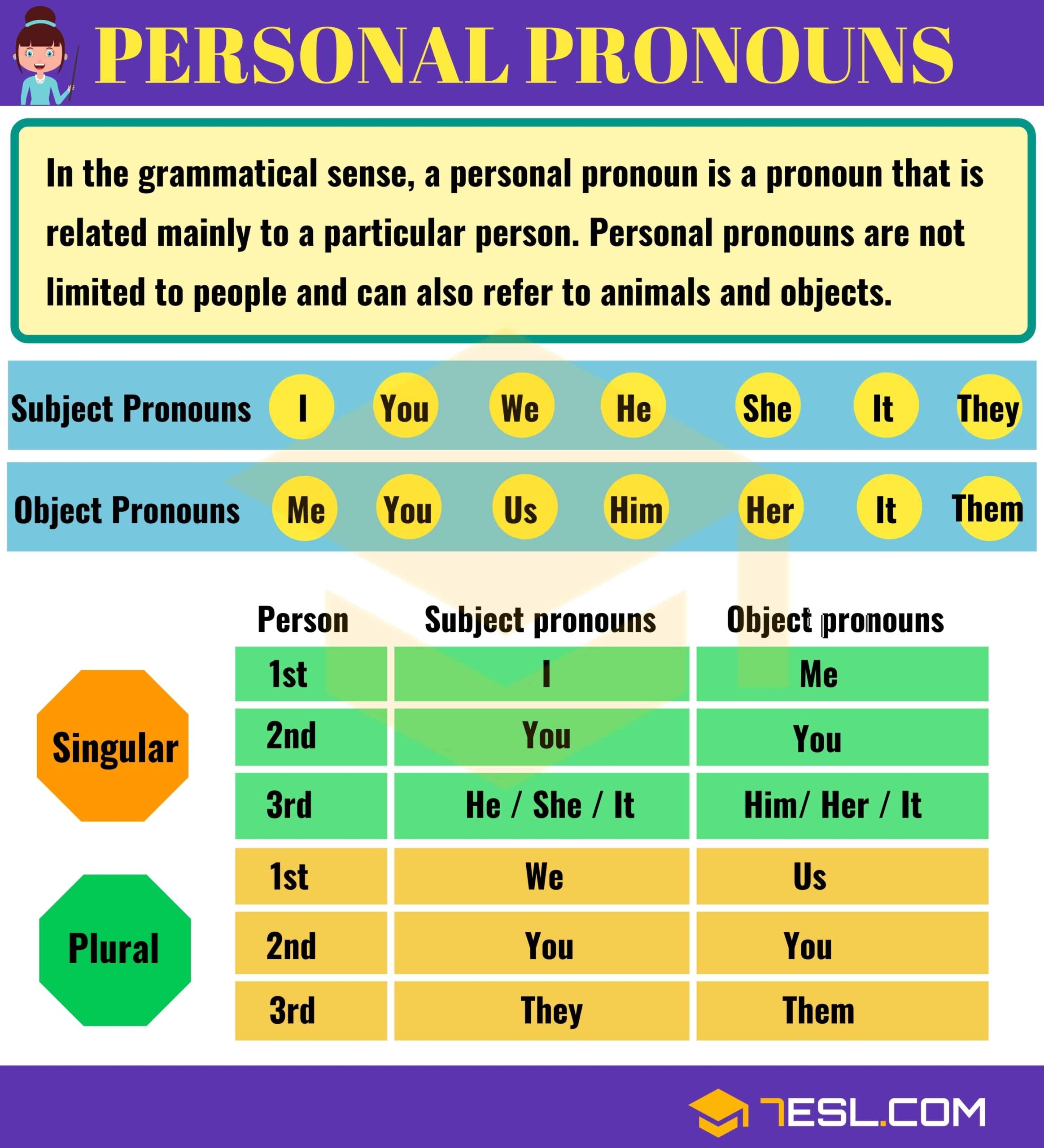Personal nouns play a crucial role in language and communication. They are words that refer to specific individuals, places, or things, and are essential for expressing thoughts, emotions, and ideas. Personal nouns add depth and specificity to our language, allowing us to communicate effectively and accurately.
Whether used in writing or speaking, personal nouns help us create a clear picture of the subject being discussed. They help us identify who or what we are talking about, making our communication more precise and engaging. Without personal nouns, our language would lack the ability to convey specific details and information.
Definition of Personal Noun
A personal noun is a type of noun that represents a specific person, place, or thing. Personal nouns are often used to name individuals, such as names of people, cities, countries, or organizations. They can also refer to specific objects or concepts, providing a unique identity to the subject being discussed.
Personal nouns are distinguished from other types of nouns, such as common nouns, by their specificity and uniqueness. While common nouns refer to general categories of people, places, or things, personal nouns identify particular individuals or entities. This distinction allows personal nouns to add depth and clarity to our language, enabling us to communicate more effectively.
Personal nouns can also vary in terms of gender, number, and case, depending on the language in which they are used. In English, for example, personal nouns can be singular or plural, and can be modified to indicate possession or relationship. Understanding how personal nouns function in a language is essential for using them correctly and accurately in communication.
In conclusion, personal nouns are a vital component of language and communication. They enable us to express ideas, thoughts, and emotions with precision and clarity, adding depth and specificity to our words. By understanding the role of personal nouns in language, we can enhance our communication skills and effectively convey our messages to others.
